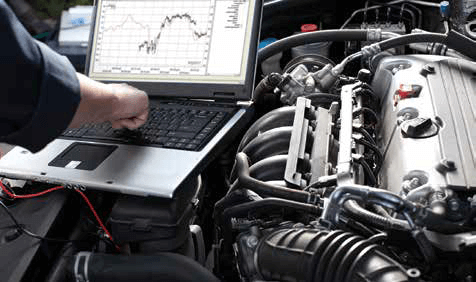What to keep in mind before investing in additional equipment.
Small businesses that have built a presence in their local market, and which are seeking to maintain pace with their competitors and grow their operations, will likely sooner or later be faced with the prospect of needing to invest in additional and upgraded equipment.
This can, of course, represent a significant financial commitment, and it is worthwhile weighing up the range of options available, including whether used equipment is a viable option, in determining the best path forward for your business.
It may be possible to pick up used equipment suited for your business’ purposes at a significantly discounted rate, and for businesses on a budget it could well be worthwhile assessing what the market has to offer

The Pros And Cons Of Used Equipment
As previously covered in this series, it is important for businesses to weigh up their need for new equipment, the added value it will potentially bring to their operations, and to assess the underlying financial health of their business before purchasing equipment.
For many small businesses this is a process that will encompass assessing the pros and cons of used equipment, and there are a number of factors that should be kept in mind, depending on individual business circumstances.
Used Equipment Pros:
- Picking up a deal – it could be possible to get the equipment you need at a significantly cheaper price than buying new
- Lower prices – could mean more money in the kitty, providing further scope to purchase additional equipment, creating the opportunity to grow other areas of your business
- Depreciation – used equipment will already have depreciated in value, and if you are seeking to sell at a future point it may be possible to secure a selling price similar to your purchase price.

Used Equipment Cons:
- Limited market – the equipment you’re after may not be available, or in the same supply as new equipment
- Usage history – there will always be a degree of uncertainty about the usage history of used equipment
- Maintenance – used equipment may require greater maintenance (meaning increased costs and more downtime), with it worthwhile weighing up potential long-term costs versus upfront costs.
“For Businesses Weighing Up Their Purchase Options, The Instant Asset Write-Off Can Be Used For Both New And Used Assets.”
Of course, as with any purchase, it is worthwhile thoroughly researching the market and the different equipment options available, to purchase from a reputable source, and to also weigh up all warranty options.
It is worthwhile seeking out external help if in doubt about any aspects of machine operation or the finance options available for your business.

The Instant Asset Write-Off Applies To Used Equipment
As outlined in the previous article in this series, the federal government has extended measures broadening eligibility for the instant asset write-off – originally introduced earlier in the year to support businesses in dealing with the challenges brought about by the COVID-19 pandemic.
Designed to support business investment, the instant asset write-off threshold has been increased to $150,000, and expanded to include businesses with an aggregated annual turnover of less than $500 million.
Importantly, for businesses weighing up their purchase options, the instant asset write-off can be used for both new and used assets, with the threshold applied on a per asset basis.
It is worthwhile referencing both the www.business.gov.au website and the ATO website for further information.


